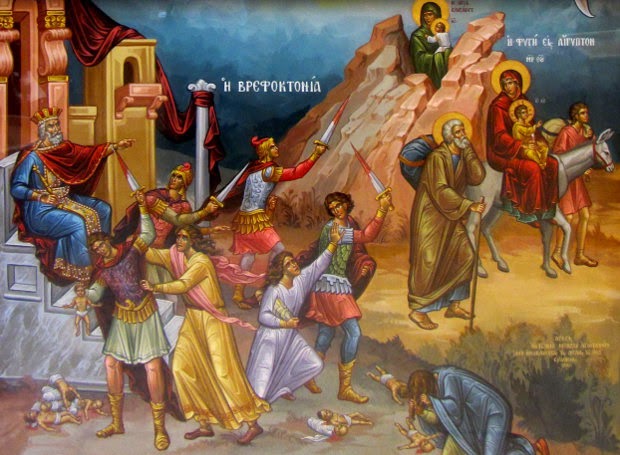Earlier, I raised the somewhat wild possibility that the fact that John is the “disciple whom Jesus loved” is the key to his Gospel. While I did not elaborate because my students were discussing the book (giving too much info away is bad as a discussion leader) I am interested in conveying in this forum some of the thoughts about John that I have had the last two weeks.
Login to read more
Sign in or create a free account to access Subscriber-only content.
Topics:
